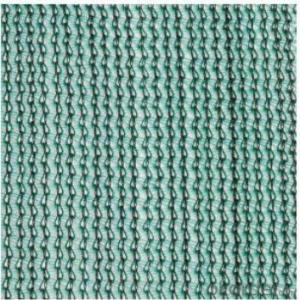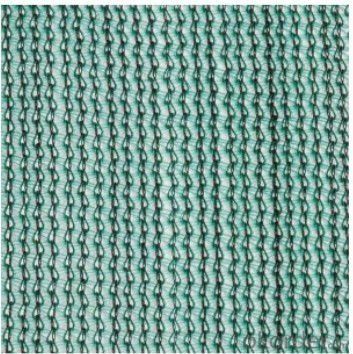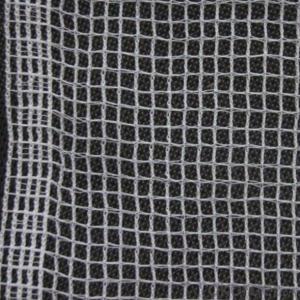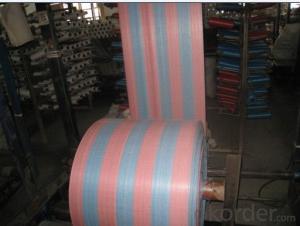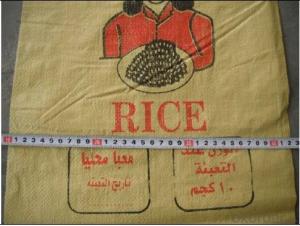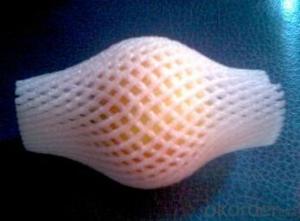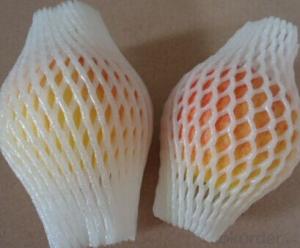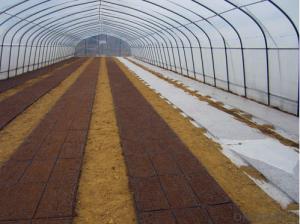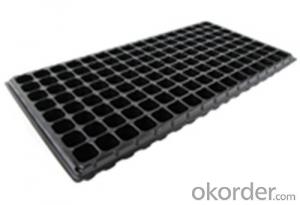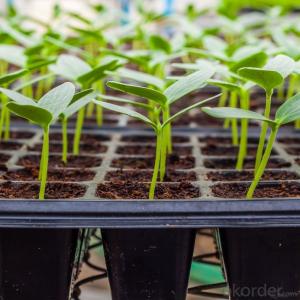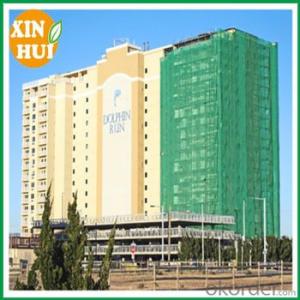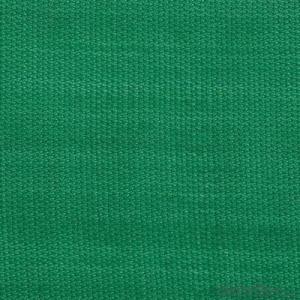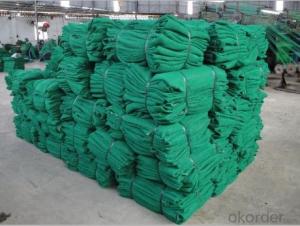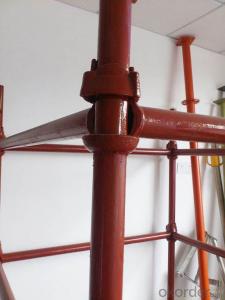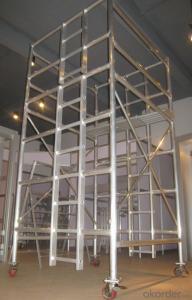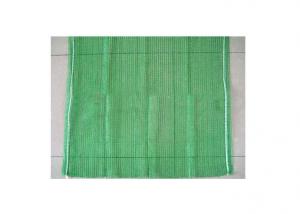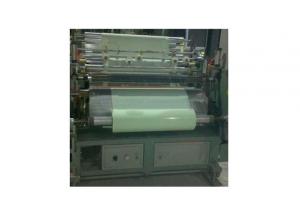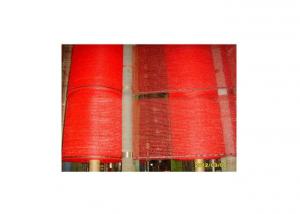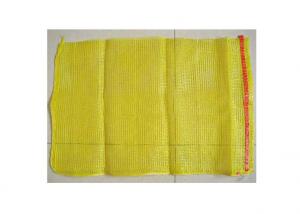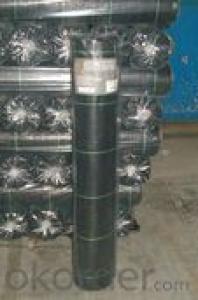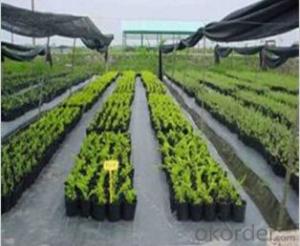construction safety net scaffold net
- Loading Port:
- China Main Port
- Payment Terms:
- TT OR LC
- Min Order Qty:
- -
- Supply Capability:
- -
OKorder Service Pledge
OKorder Financial Service
You Might Also Like
Quick Details
Type: | Shade Sails & Enclosure Nets | Place of Origin: | Shandong China (Mainland) | | |
Shade rate: | 30%-95% | | | | |
Packaging & Delivery
Packaging Detail: | 1.one roll packed with one strong PP bag with one color label 2.one piece packed with one strong PP bag with one color label;several pieces put in a carton |
Delivery Detail: | 15days after the order |
Specifications
Material:HDPE+UV
Color :Black,Green,Red,Yellow,Blue,etc
Length: As your request
Width: 2~6m
Shade rate: 30%~95%,
Specifications : |
|
Description | 100% HDPE Green Sunshade net |
Material | HDPE(High-density polyethylene) |
Net weight | 50-350gsm (as your request) |
Net width | 6'x20'(1.83mx6.1m),Or other size is available (6meters Max.) |
Rolls Lengths | On request(10m,50m,100m,200m etc.) |
Shade rate | 30%-95% |
Colours | Green,Black ,Yellow,gray...... ( as your request) |
Type | Warp knitted |
U.V. | CIBA( 1-5 year) |
Supply capacity | 5tons per month |
Packing | 1.one roll packed with one strong PP bag. 2.one piece packed with one strong PP bag and several pieces put in a carton. 3.one roll packed with one strong PP bag and several one put in a woven bag. |
Terms of Payment | 1.30% T/T in advance,70%T/T after copy B/L. 2.L/C at sight;L/C 30days;L/C 45days. 3.Western union. |
Deliver time | 30-45 days after the order confirmed or the deposit released |
Function of shading net:
Shade net will Blocks sun &heat, Provides 75% More Shades, Lower temperature, Protect against harmful ultraviolet Rays
Used to provide shade against sunlight and control temperature
Shade net-can also be used-for-greenhouses to protect flowers, trees against frost ,and hail damage It can also used for playhouse ,temporary fencing,
shade fabrics give uniform shading and allow crops to retain more moisture. Our shades can help reduce temperature extremes on plants and slow heat loss at night.
Easy to install with optional accessories if necessary.
- Q: What criteria do farmers use to select high-quality agricultural plastic products for their fields?
- <p>Farmers choose high-quality agricultural plastic products for their fields by considering several factors. They look for durability, ensuring the material can withstand weather conditions and physical stress. UV resistance is crucial to prevent degradation from sunlight. They also consider the product's flexibility to adapt to different field shapes and temperatures. The permeability of the plastic is important for water and air circulation, affecting plant growth. Additionally, farmers check for chemical resistance to protect crops from harmful substances that may leach from the plastic. Lastly, cost-effectiveness and the environmental impact, including biodegradability, are also taken into account to ensure sustainable farming practices.</p>
- Q: This question asks about the possible risks or negative effects associated with the use of biodegradable plastics in agriculture.
- <p>Biodegradable agricultural plastic products, while reducing plastic pollution, may have potential hazards. These include the release of methane during decomposition, which contributes to greenhouse gas emissions. Additionally, the breakdown process can release chemicals that may contaminate soil and water, affecting soil health and aquatic ecosystems. The rate of degradation can also be unpredictable, potentially leaving fragments that persist in the environment longer than intended. Moreover, the production of biodegradable plastics often requires more energy and resources, which can lead to higher carbon footprints. Lastly, improper disposal can still lead to environmental issues if these plastics end up in landfills or natural habitats.</p>
- Q: Can recycled paper be utilized by farmers to create seedbed mats in agricultural practices?
- <p>Yes, farmers can use recycled paper to make seedbed mats for agriculture. Recycled paper is a sustainable alternative to traditional materials like plastic, reducing waste and environmental impact. It can be used to create biodegradable seedbed mats that help retain moisture and provide a protective cover for seeds, promoting germination and early growth. These mats can be laid directly on the soil, reducing the need for tilling and erosion. As the paper decomposes, it also adds organic matter to the soil, improving soil structure and fertility. However, the success of using recycled paper for seedbed mats depends on the quality of the paper and the specific agricultural conditions.</p>
- Q: Can agricultural plastic be used for livestock feeders and waterers?
- No, agricultural plastic is not suitable for use as livestock feeders and waterers. These items need to be made of safe and durable materials that can withstand the harsh conditions and frequent use associated with livestock feeding and watering.
- Q: How do agricultural plastic products assist with nutrient management?
- Agricultural plastic products assist with nutrient management by providing a barrier that helps prevent the loss of nutrients from the soil. Plastic mulches, for example, reduce weed growth, conserve soil moisture, and mitigate soil erosion, which in turn helps retain nutrients in the root zone. Additionally, plastic covers or films can be used for controlled-release fertilizers, ensuring nutrients are gradually released to the plants and minimizing leaching.
- Q: This question asks whether the use of plastic mulch in agriculture can impact the soil microbiota and fertility.
- <p>Yes, agricultural plastic mulch can significantly affect soil microbiota and fertility. The mulch creates a physical barrier that can alter the soil environment, potentially affecting microbial communities by changing temperature, moisture, and oxygen levels. This can lead to shifts in microbial diversity and activity, impacting soil health. Additionally, plastic mulch can reduce the soil's ability to retain water and nutrients, affecting fertility. Over time, the decomposition of plastic mulch can release chemicals that may be toxic to soil microorganisms, further impacting soil fertility. However, the extent of these effects can vary based on mulch type, duration of use, and management practices.</p>
- Q: I've seen paper m?ché bowls made from tissue paper mod podge. If I substituted strips of plastic (disposable) tablecloths for the tissue paper would it still stick together and dry into a hard, molded shell?
- No - mod podge won't hold plastic together - it has to soak in.
- Q: What are the advantages of using plastic pruning tools for plant maintenance?
- Plastic pruning tools offer several advantages for plant maintenance. Firstly, they are lightweight and easy to handle, reducing the strain on the user's hands and arms during prolonged pruning sessions. Additionally, plastic tools are typically less expensive than their metal counterparts, making them a more affordable option for gardeners. Plastic pruning tools are also less likely to rust or corrode, prolonging their lifespan and ensuring consistent performance. Moreover, plastic tools are safe to use on delicate plants as they are less likely to cause damage or leave visible scars. Lastly, plastic tools are non-conductive, reducing the risk of electrical shock when pruning near power lines or electrical equipment. Overall, plastic pruning tools provide convenience, affordability, durability, safety, and versatility, making them a practical choice for plant maintenance.
- Q: How do plastic irrigation valves assist in controlling water flow?
- Plastic irrigation valves assist in controlling water flow by acting as a gate or a regulator that can be opened or closed. These valves are designed to be easily operated manually or automatically, allowing users to adjust the water flow or completely shut it off. With their durable plastic construction, these valves are resistant to corrosion and can withstand harsh weather conditions, ensuring reliable and long-lasting control over water flow in irrigation systems.
- Q: What are some ground cover options for a minimalist garden?
- Some ground cover options for a minimalist garden could include low-maintenance plants such as moss, gravel, succulents, or ornamental grasses. These options provide a clean and simple aesthetic while requiring minimal upkeep.
Send your message to us
construction safety net scaffold net
- Loading Port:
- China Main Port
- Payment Terms:
- TT OR LC
- Min Order Qty:
- -
- Supply Capability:
- -
OKorder Service Pledge
OKorder Financial Service
Similar products
Hot products
Hot Searches
Related keywords
